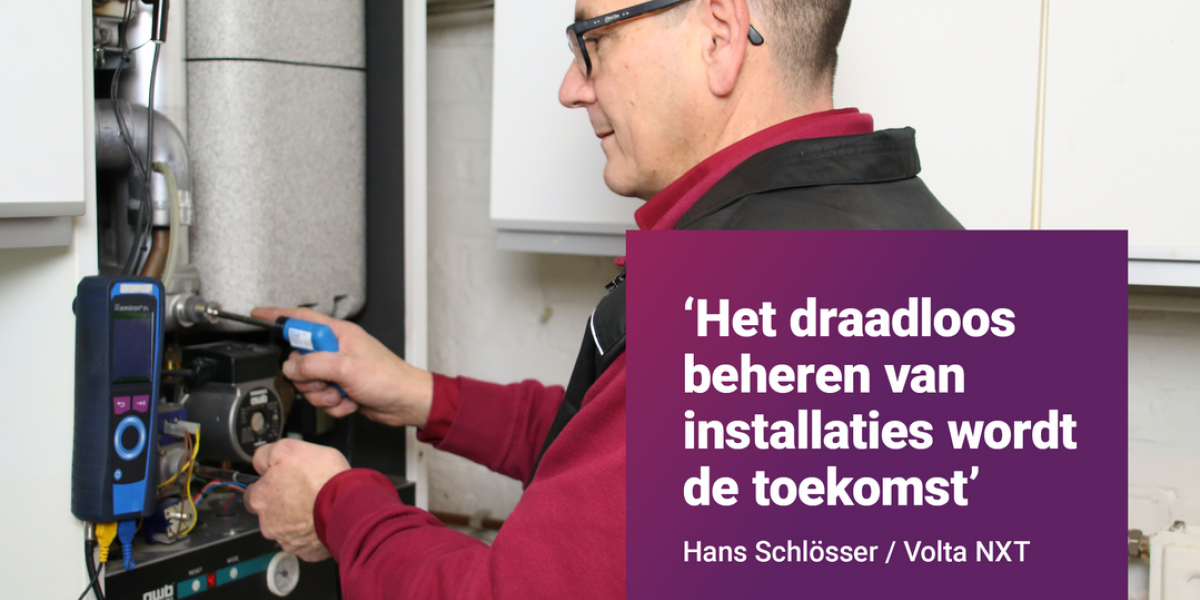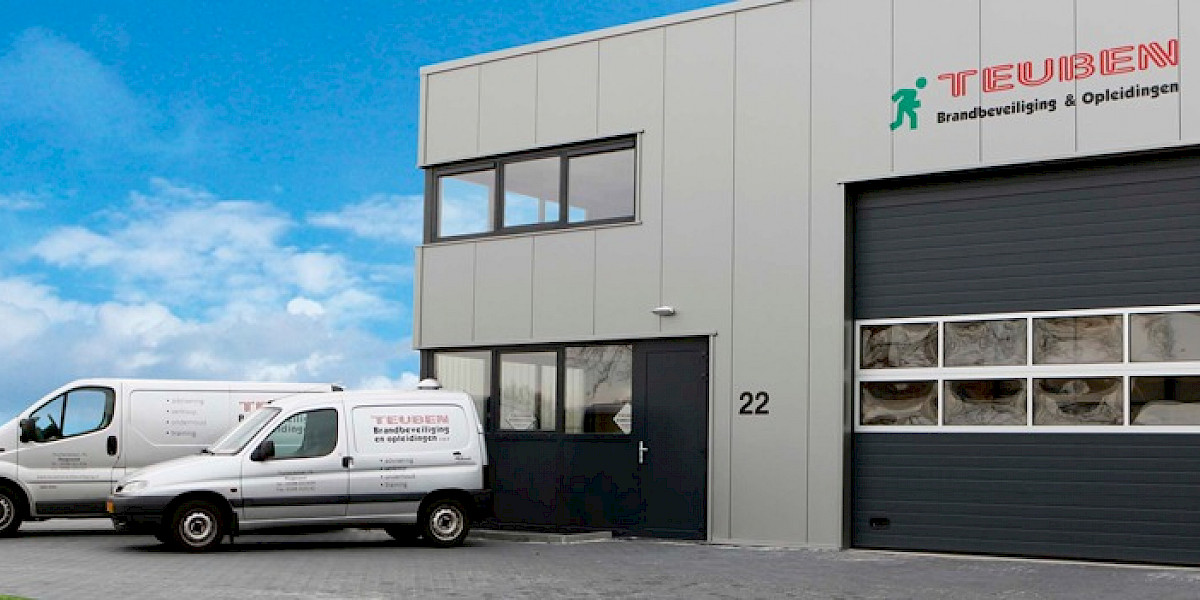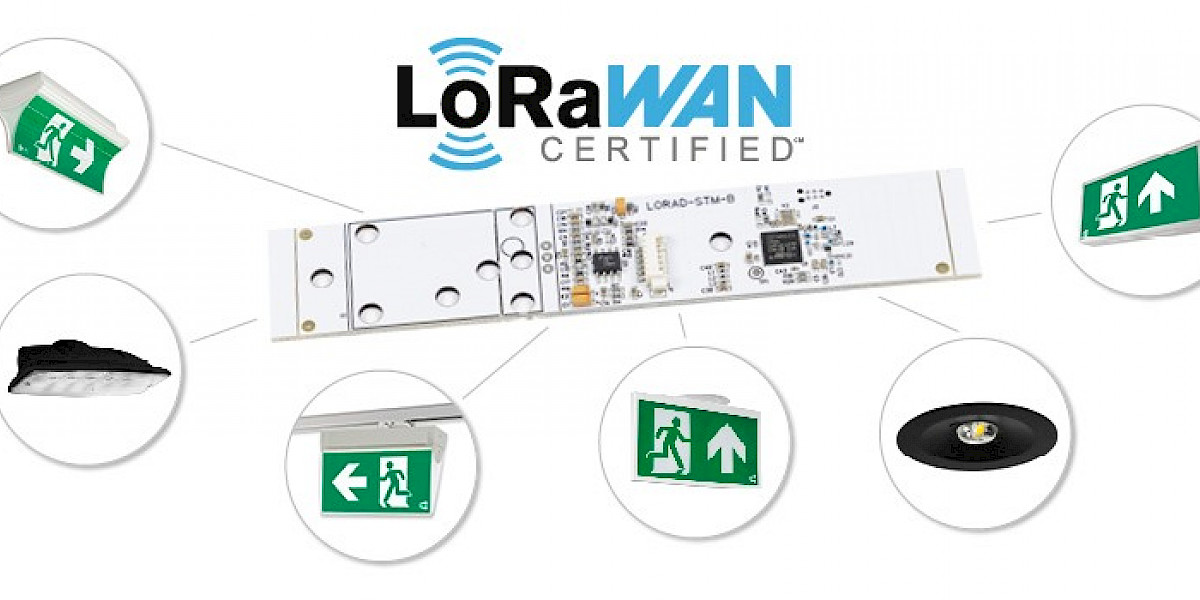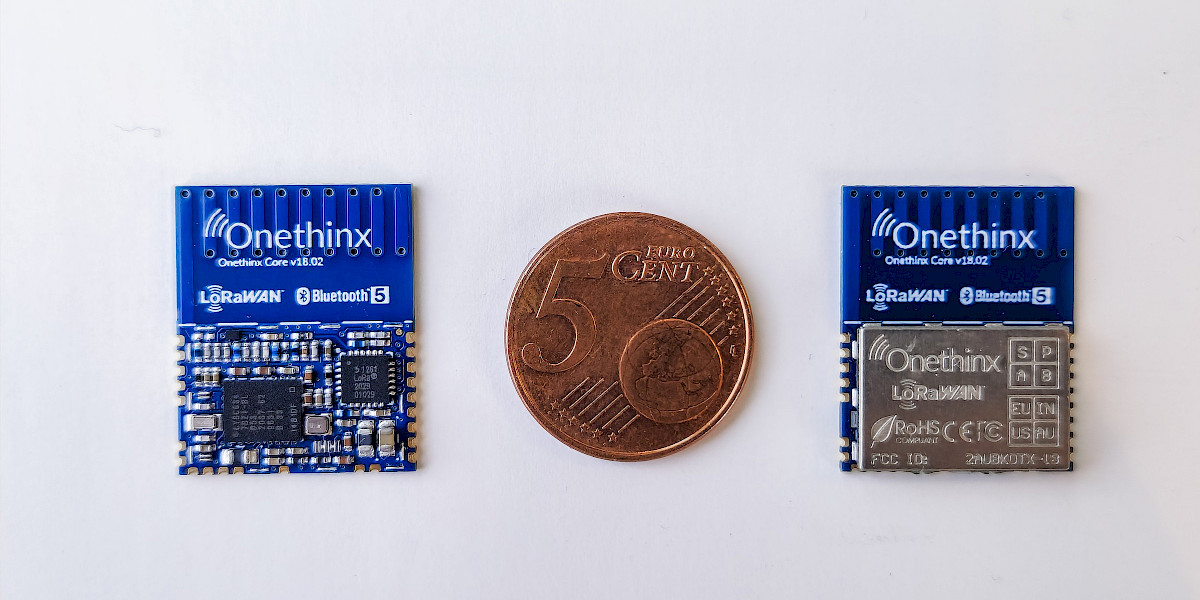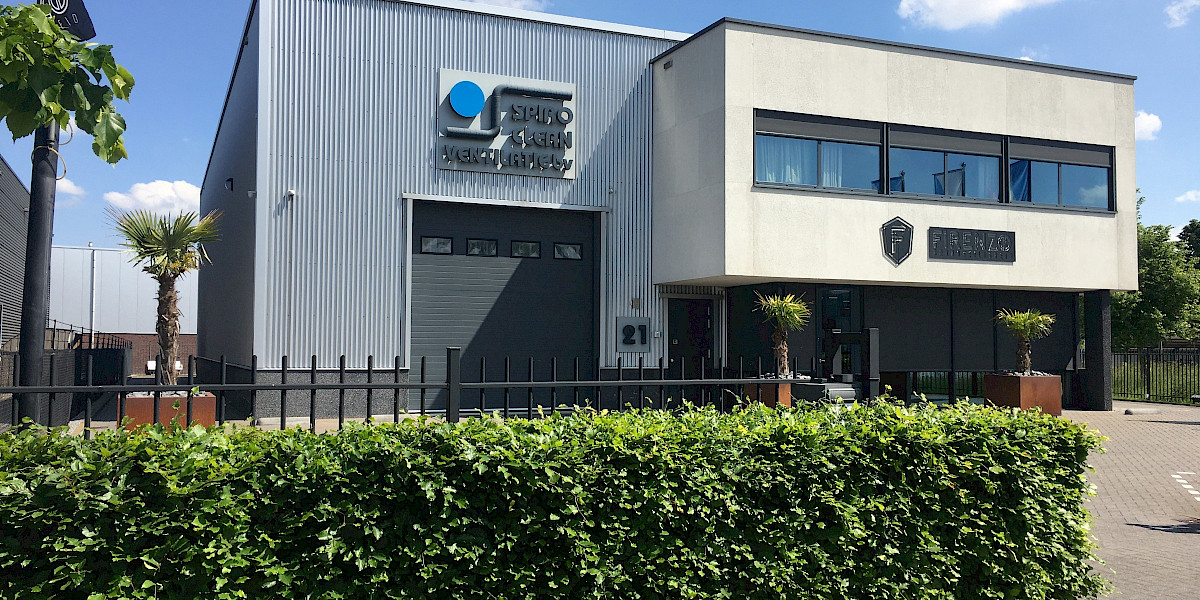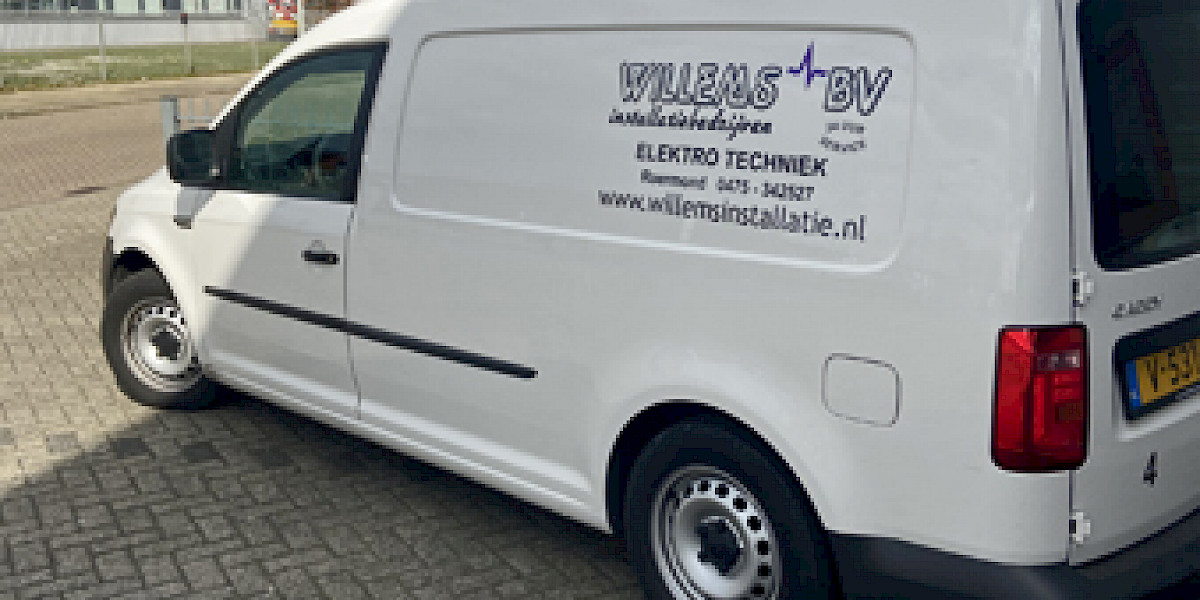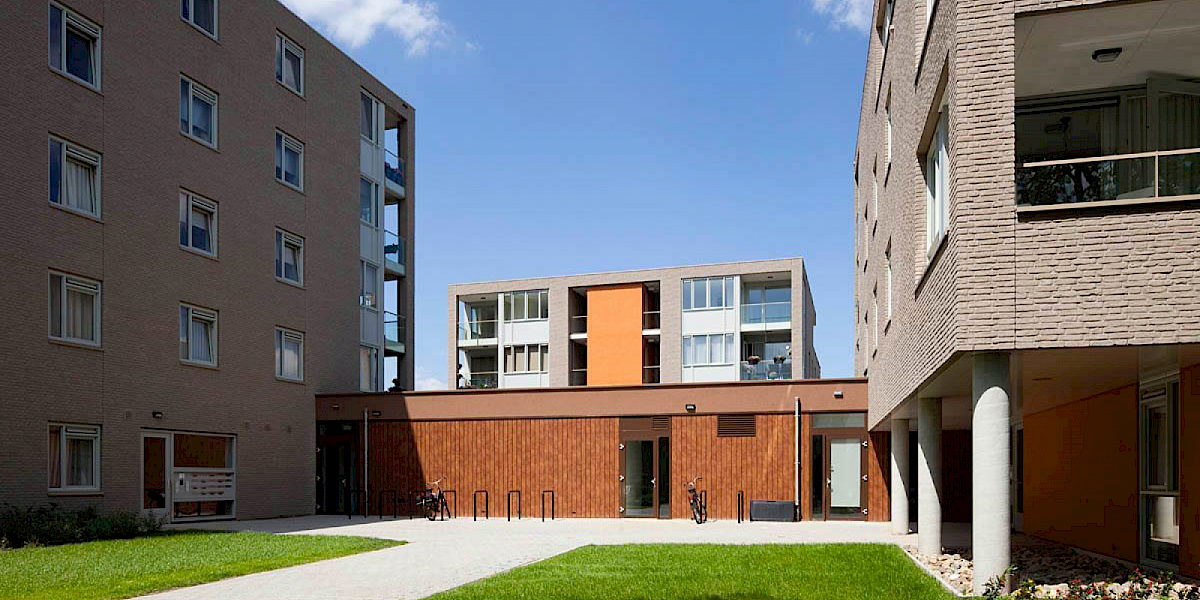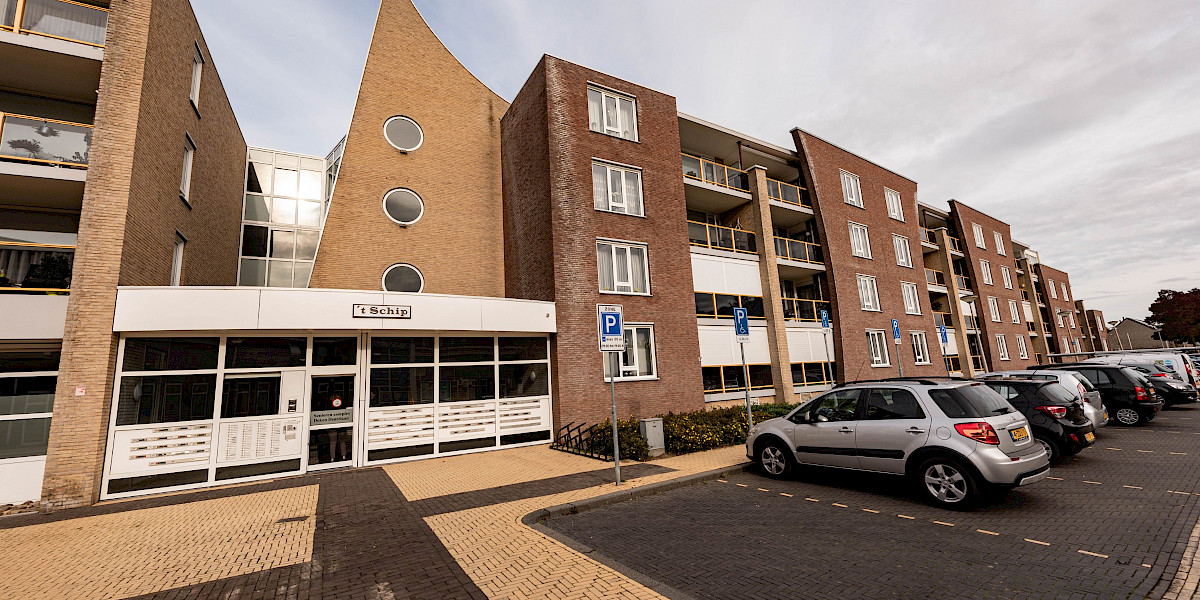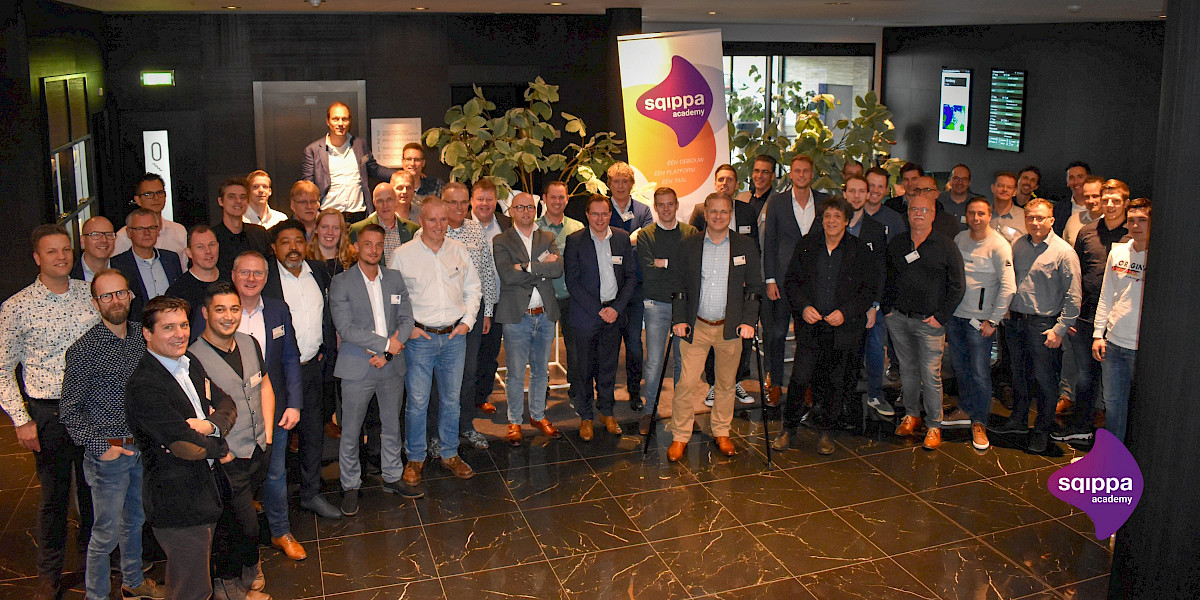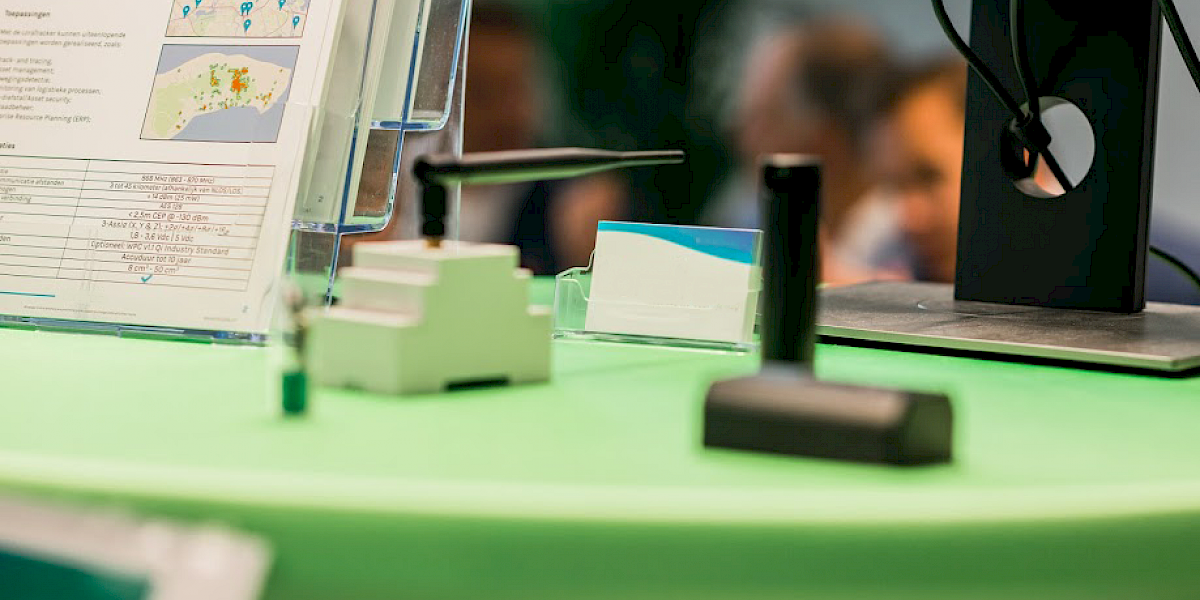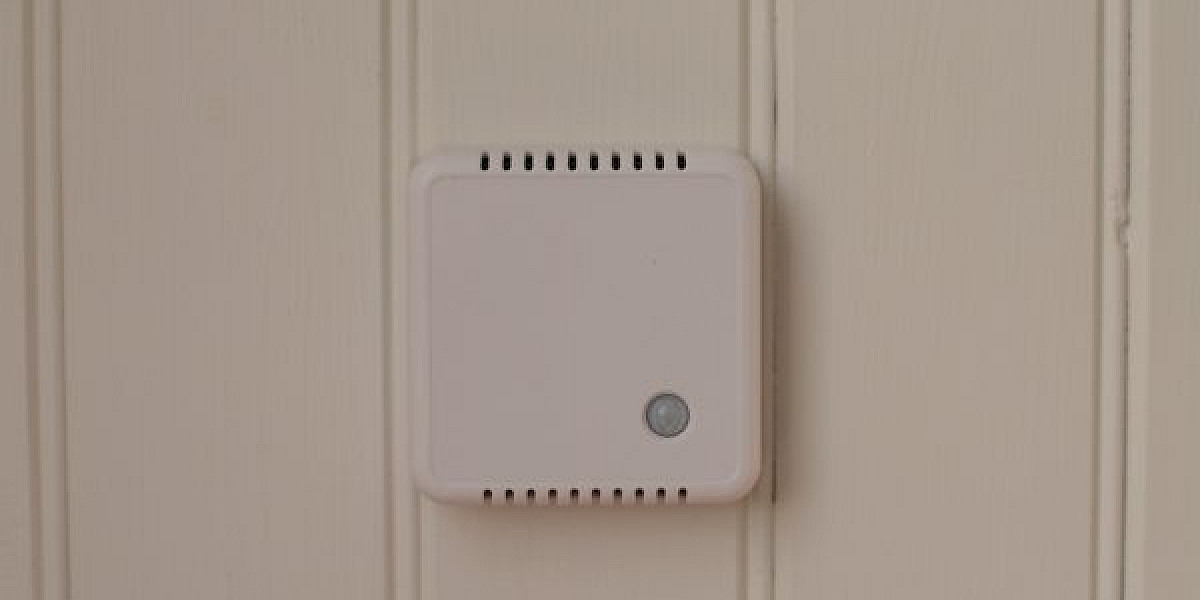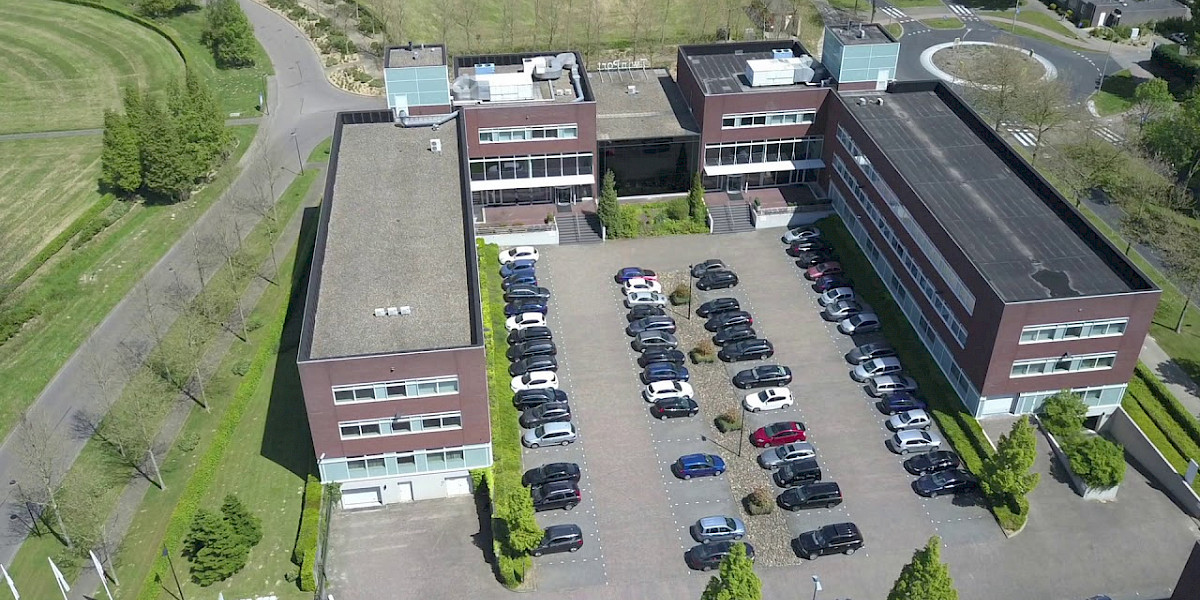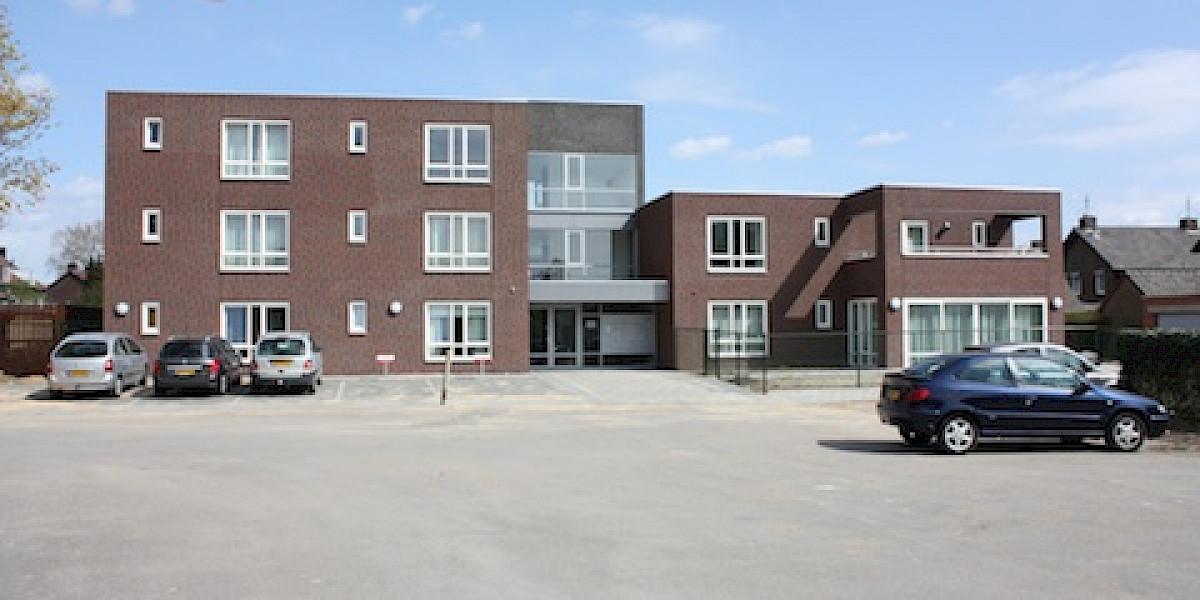Choose the right antenna for your IoT application
From Sqippa Partner Delmation:
More and more processes and devices can be tracked online. Every day, Delmation products advises companies on how to optimise processes using sensors, connectivity and a data portal. To unlock the data, a suitable antenna is crucial.
Yet the antenna often gets less attention than it should. In this article, Cas van der Zwaag & Marco van den Bos of Delmation Products explain, what challenges and solutions exist.
Range often insufficient
With a phone, we all find it quite logical that we don't have coverage in some places, this is still sometimes forgotten with IoT applications.
Cas van der Zwaag: "Sensors, routers and gateways are very often placed in environments where there is no good range. Think of factory halls, basements, patch cabinets or in outdoor areas (in the Netherlands or far beyond). If your smartphone has poor range in this location, you can assume that the range of a router is even worse. Sensors, gateways or routers are usually equipped with a plug-on antenna. A plug-on antenna may be sufficient for an outdoor location with a lot of range but indoors this is often not the case."
Choosing the right antenna
There are many different types of antennas and choosing the right one requires a number of considerations.
Cas van der Zwaag: "Of course range is the most important thing but you also have to look at the environment where the antenna is placed. For instance, there are special antennas that are lout-proof. These are placed in environments where many people can reach the antenna and the risk of vandalism is high. Apart from that, then, these are mainly choices about range. With a 4×4 MIMO, optimal use can be made of 5G. If the signal has to come from far away then directional beaming is a solution and a high dBi is important. In addition, with antennas, size really does matter, a big antenna is better!"

Plug-on antennas
Plug-on antennas are attached directly to the router / gateway / sensor. These often have an articulated section so that the angle and placement offers more options. Push-on antennas provide a small gain and, in the absence of a better antenna, should always be attached. Usually these antennas are supplied as standard by the manufacturer.

Magnetic base antennas
A magnetic base antenna is a small rod antenna that can be attached to a magnetic surface by means of a magnet. These antennas are very easy to use and provide relatively high gain compared to plug-in antennas.
 .
.
Puck-/ Rooftop aerials
Puck antennas are characterised by their small size and high vandal resistance. These antennas are ideally suited for cabinet mounting, among other things. By mounting the antenna at the top of the cabinet, the greatest amplification is achieved. Moreover, all our puck and rooftop antennas are IP67 certified and thus suitable for outdoor applications.

Directional antennas
A directional antenna or directional antenna is an antenna that radiates or receives more power in a specific direction. Because the antenna focuses on a specific direction, there is less interference from other directions, resulting in better performance.

Rod antennas
These antennas usually provide the highest possible gain and range. However, placement, mounting and size must be taken into account. Our rod antennas are resistant to the worst weather conditions, some of which can even be used at sea.

Integrated antennas
QuWireless's integrated antennas allow Teltonika's routers and gateways to be placed inside the antenna itself, and then installed outside. Placing the router or gateway close to the antenna minimises losses and eliminates the need to worry about system placement.

Multi antennas
A multi-antenna allows a single antenna to be used for GSM, GPS and WiFi. These antennas therefore come with multiple cables. The advantage of multi-antennas is that only one antenna needs to be placed, saving space.

SISO / MIMO
Single-input, single-output (SISO) is an antenna system where the transmitter has a single antenna. SISO is typically used in radio, satellite and GSM systems.
Multiple-Input, Multiple-Output (MIMO) antennas transmit data as different signals, through multiple antennas, while using a single radio signal. This form of beaming using multiple antennas improves strength and signal quality.



